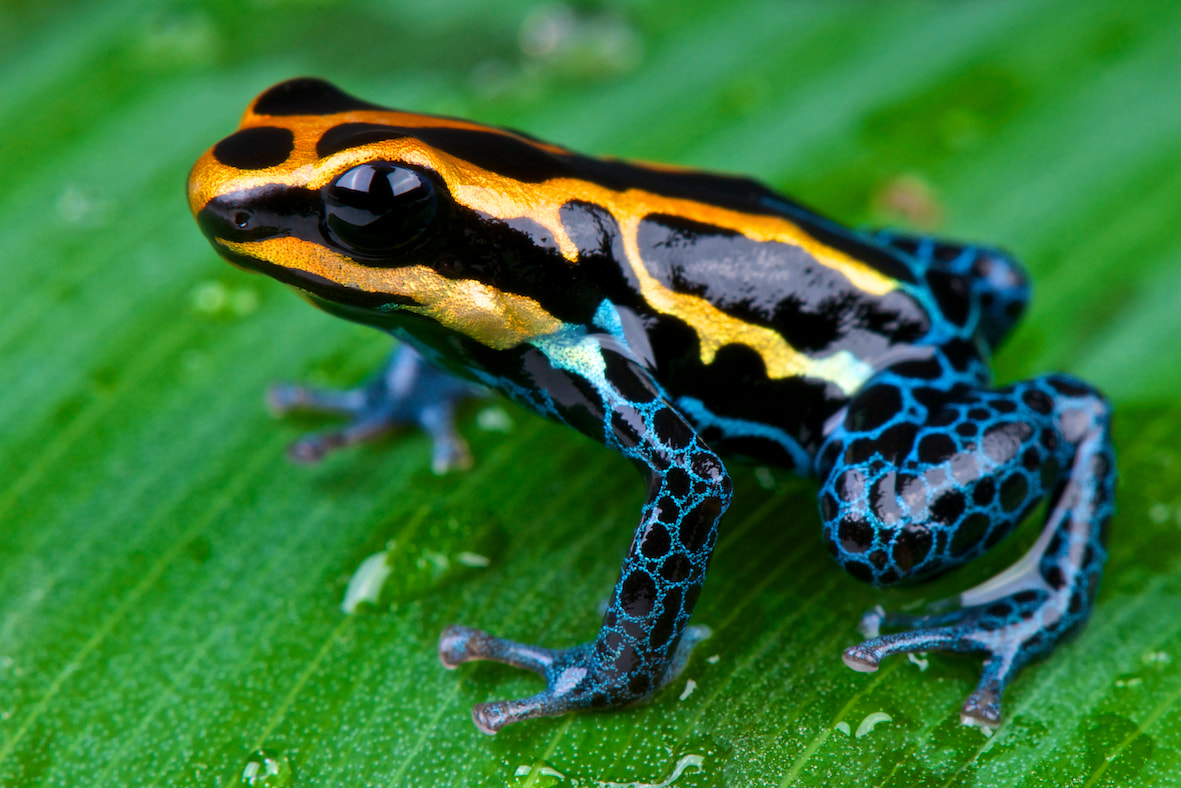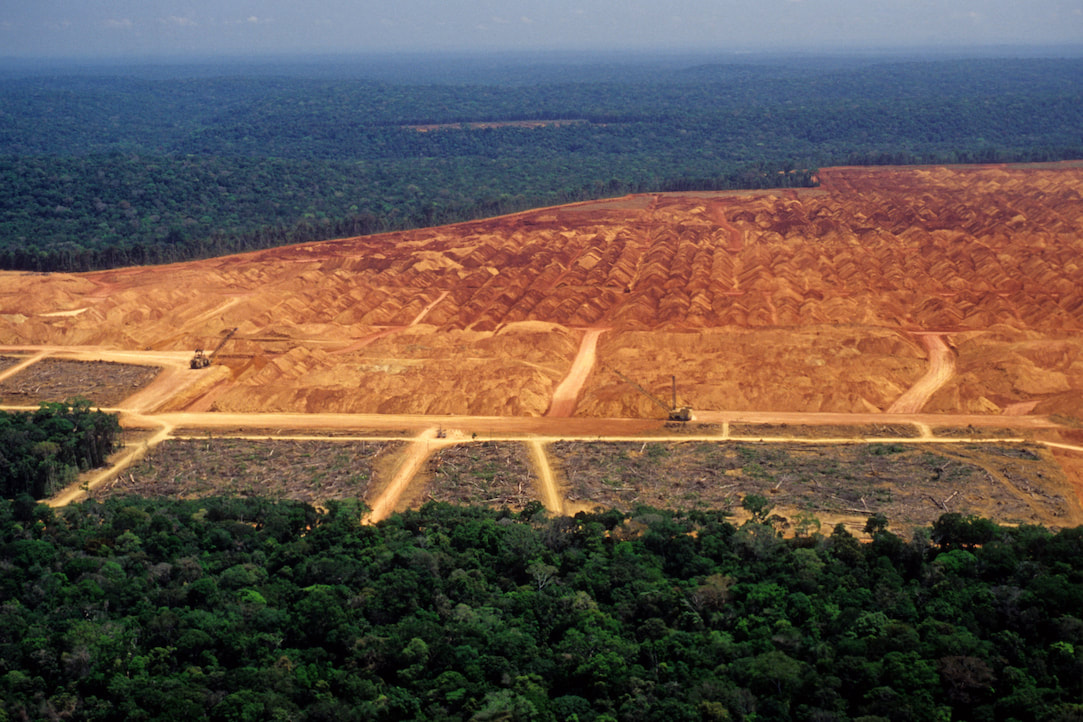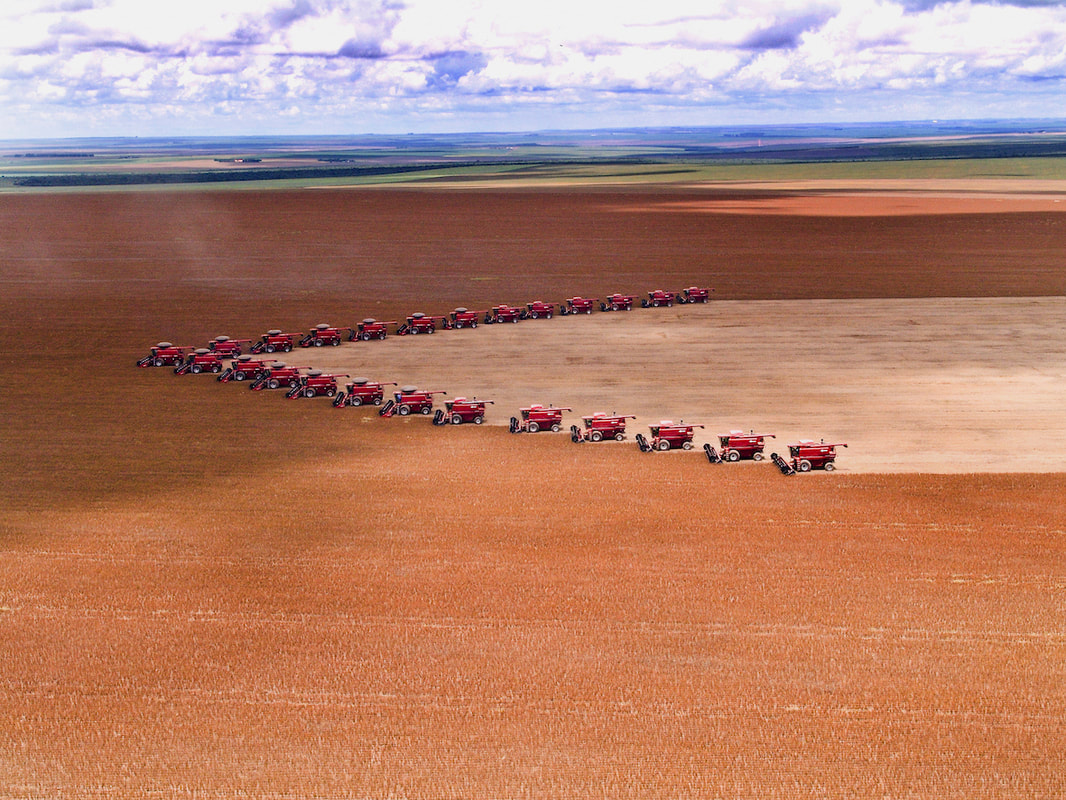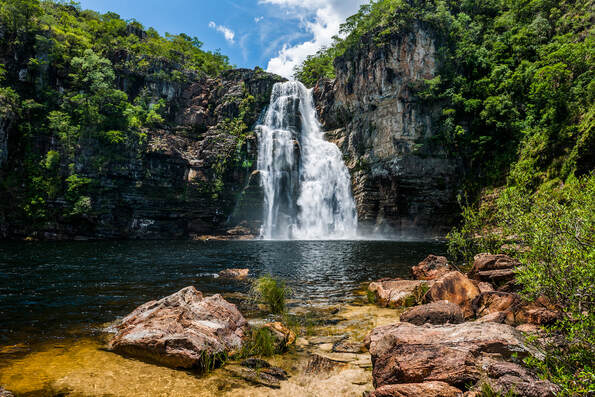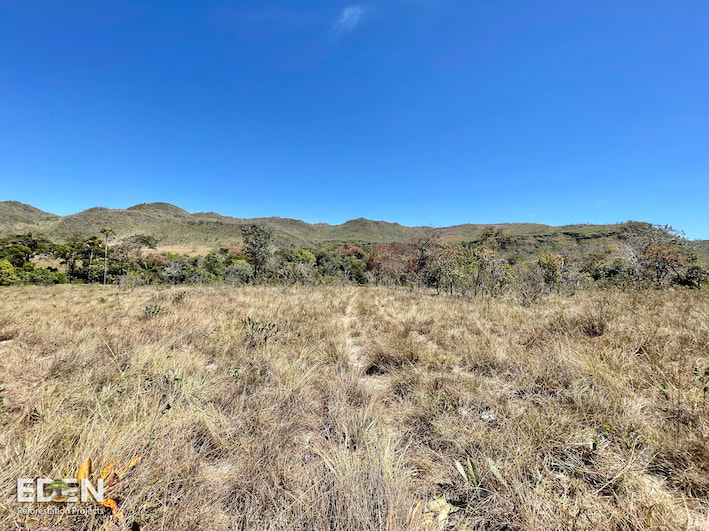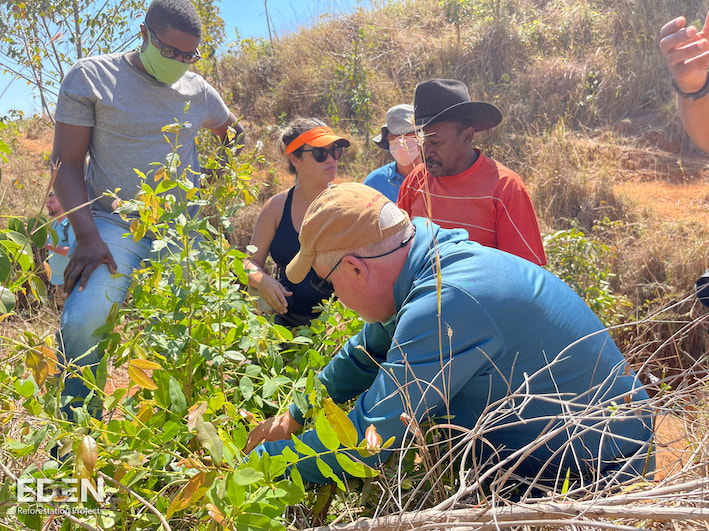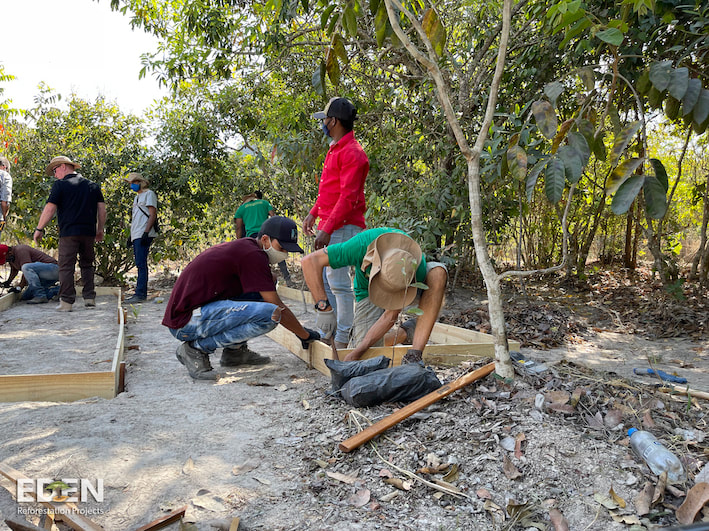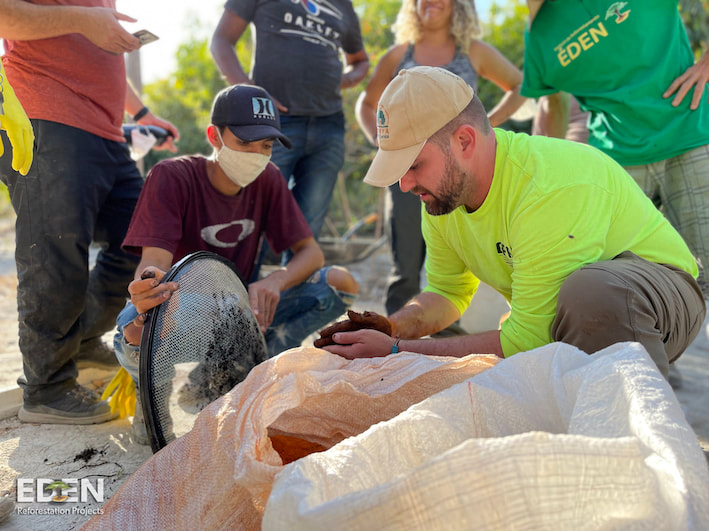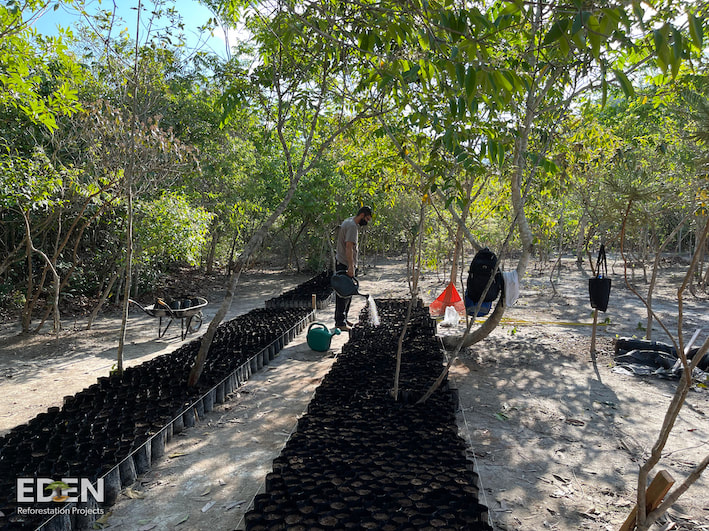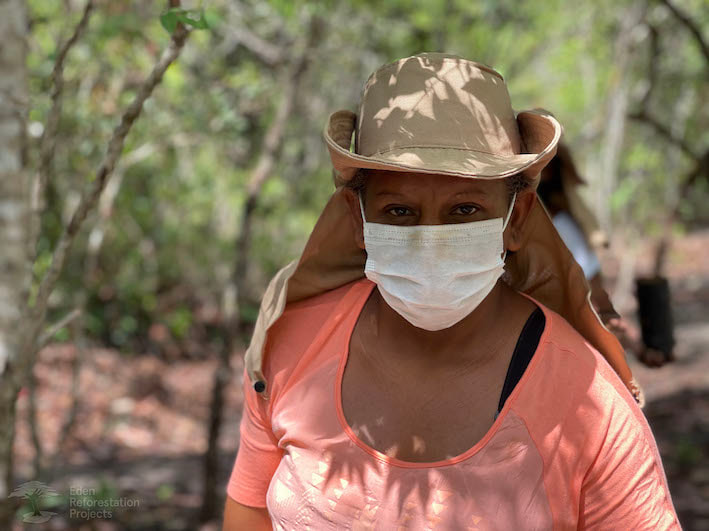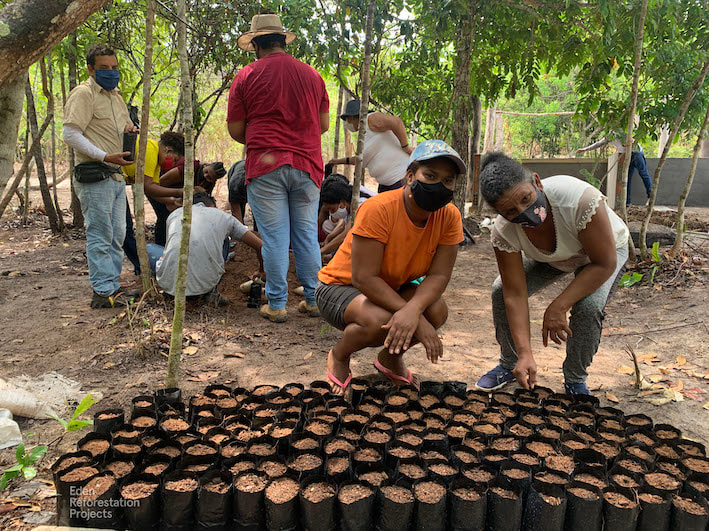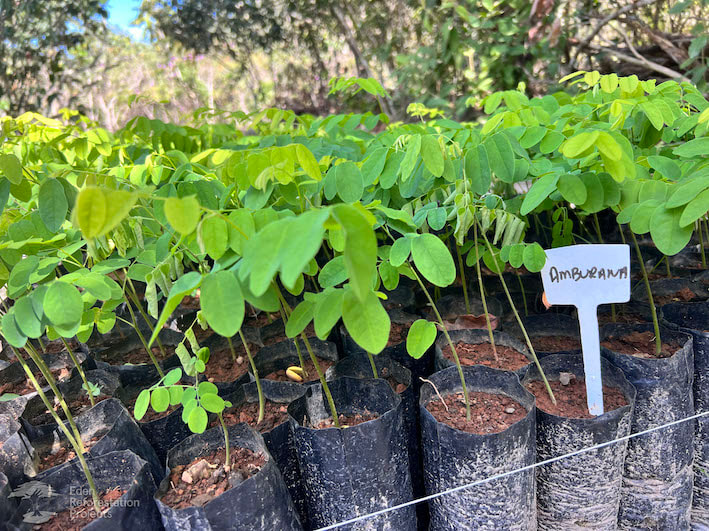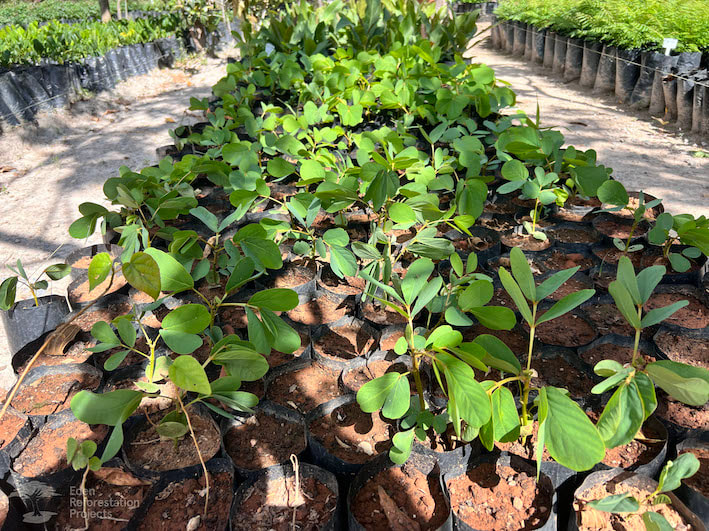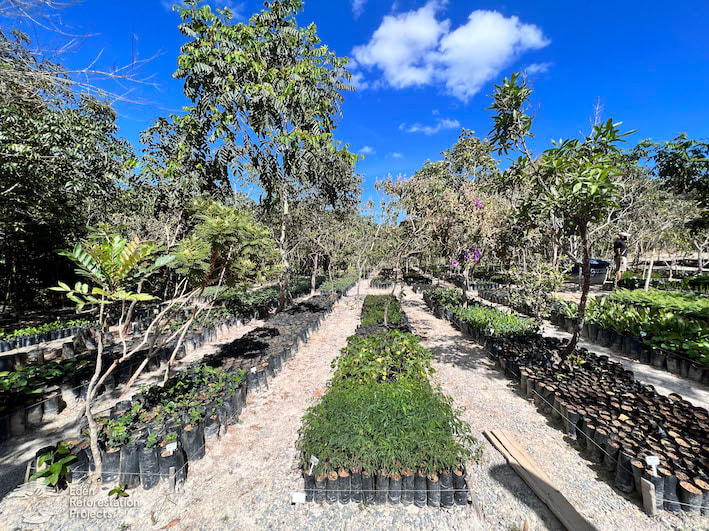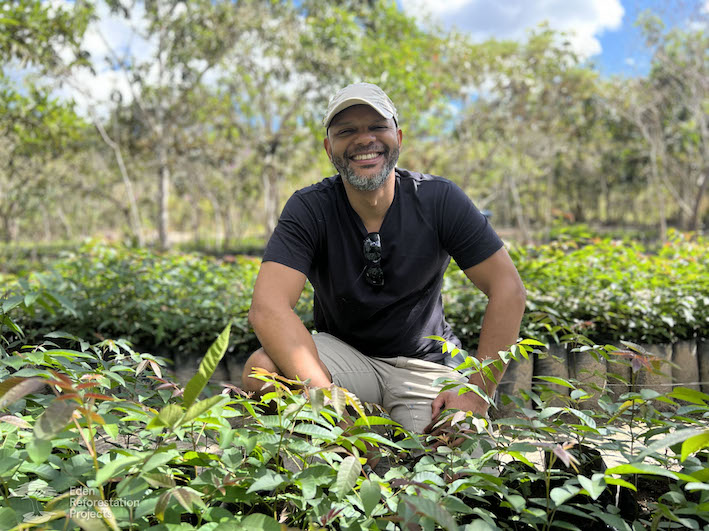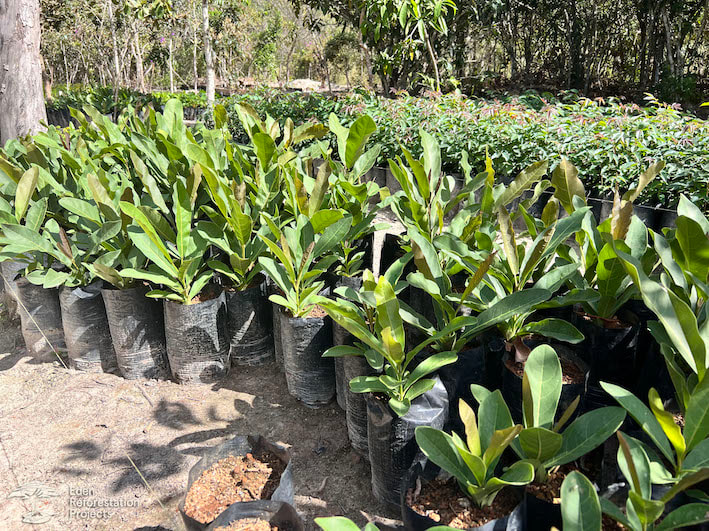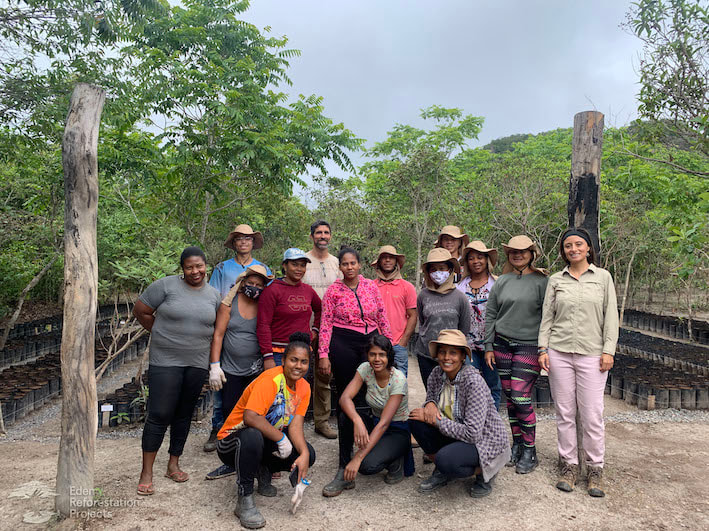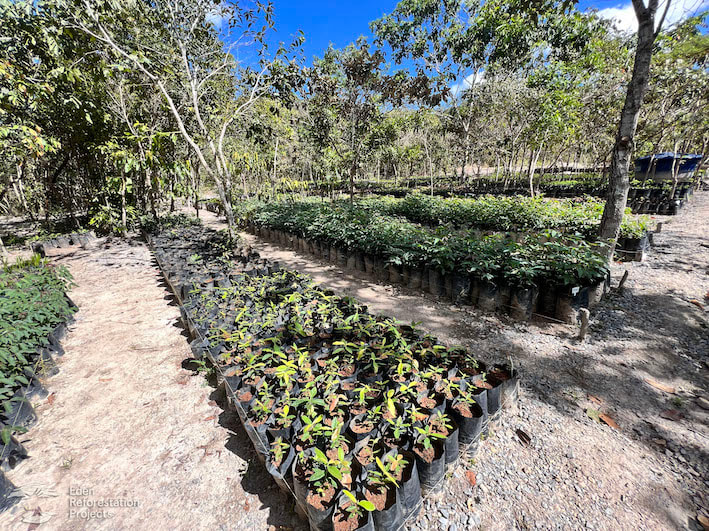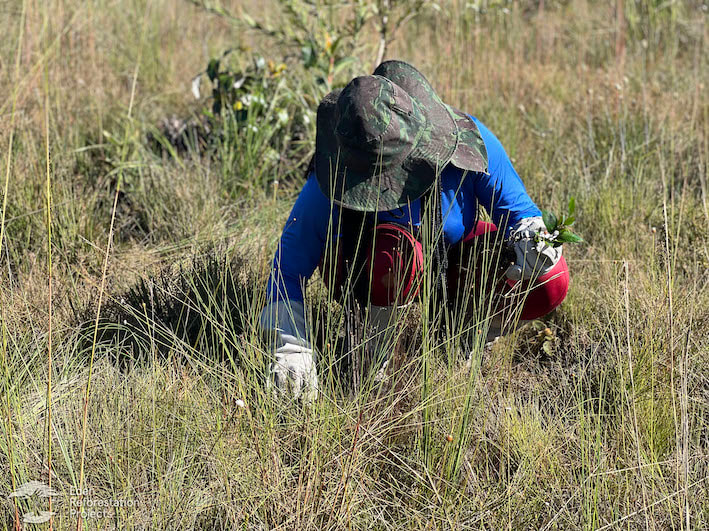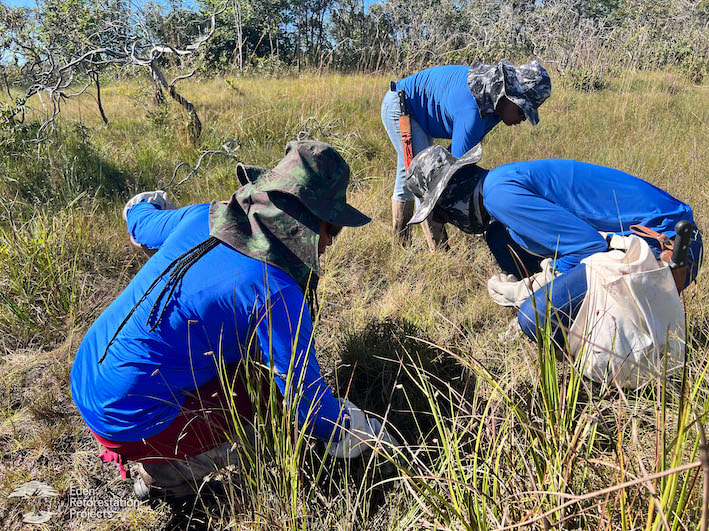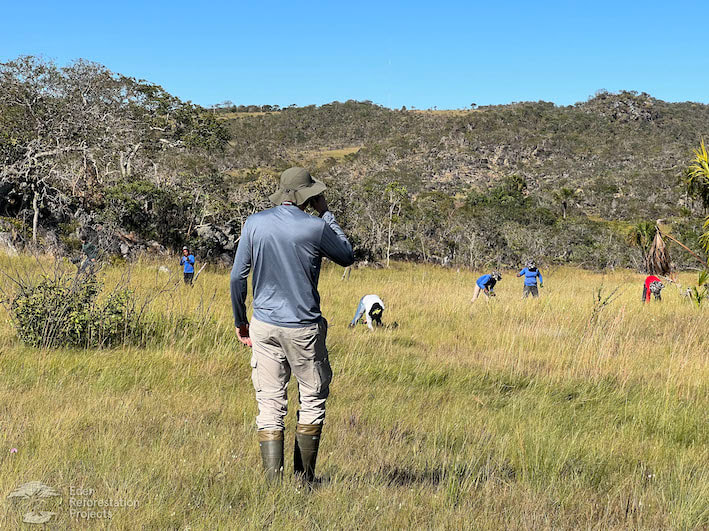Deforestation in Brazil is exploding
and shows no signs of slowing down.
The Amazon Rainforest used to be a huge carbon sink
– absorbing more carbon than it emits.
Today it does the opposite.
Why?
and shows no signs of slowing down.
The Amazon Rainforest used to be a huge carbon sink
– absorbing more carbon than it emits.
Today it does the opposite.
Why?
|
Slash and Burn Agriculture
After an area is deforested by loggers, ranchers and land grabbers will set fire to it, releasing its carbon and clearing it for what is usually soy and beef production. Another record: Brazil is the largest exporter of both products. Hotter Temperatures The Amazon makes most of its own rain. As it loses trees, it also loses its water, causing droughts and heat waves. This makes the rainforest less and less resilient to uncontrolled fires. |
Driven by anti-environment sentiment in Brazil, things in the Amazon are going from worse to worse.
This is one of the main reasons why we’ve chosen not to plant in the Amazon - yet.
Instead, we plant our trees in an area that we know will be protected - The Cerrado
This is one of the main reasons why we’ve chosen not to plant in the Amazon - yet.
Instead, we plant our trees in an area that we know will be protected - The Cerrado
The Cerrado is Brazil's second largest biome (an area of high biodiversity), containing the third most diverse fauna after the Amazon and the Atlantic rainforest. Its wildlife is mostly endemic with more than 1,200 fish species, 864 birds, 390 amphibians and reptiles, 199 mammals and 25,000 insect species. Around 12,000 plant species grow in the Cerrado, many of which are used as food or medicine.
Known as “Brazil’s water tank”, the springs from the Cerrado flow into the country’s major basins and produce enough electricity to be used by 9 out of 10 Brazilians.
While the destruction in the Amazon has attracted well-deserved international concern, the problems in the Cerrado have gone relatively unnoticed. Only 20% of the Cerrado's original vegetation remains intact. At this alarming rate of forest loss, it is predicted that the Cerrado could collapse in 30 years.
Thanks to our on the ground planting partners, Eden Reforestation Projects, we're restoring vital wildlife habitats to protect Brazil's endemic species, preventing desertification in "Brazil's Water Tank" and reforesting land devastated by large agricultural farms and slash and burn practices.
Known as “Brazil’s water tank”, the springs from the Cerrado flow into the country’s major basins and produce enough electricity to be used by 9 out of 10 Brazilians.
While the destruction in the Amazon has attracted well-deserved international concern, the problems in the Cerrado have gone relatively unnoticed. Only 20% of the Cerrado's original vegetation remains intact. At this alarming rate of forest loss, it is predicted that the Cerrado could collapse in 30 years.
Thanks to our on the ground planting partners, Eden Reforestation Projects, we're restoring vital wildlife habitats to protect Brazil's endemic species, preventing desertification in "Brazil's Water Tank" and reforesting land devastated by large agricultural farms and slash and burn practices.
PROJECT FOCUS
Cavalcante & Quilombo Kalunga - Planting OVER 300,000 trees by 2024
Our JUST ONE Tree Cavalcante and Quilombo Kalunga plot is located in the heart of the Cerrado, to the East of Brazil.
300 years ago, slaves who were trafficked to the Americas in the Atlantic Slave Trade escaped, heading deep into the forest. They settled in the Cerrado, surrounded by steep inaccessible mountains, hoping not to be discovered.
Naming themselves the “Kalunga” and learning from the local indigenous people how to care for their environment, the Kalunga lay undiscovered until the 1960s.
Now, recognised as an “indigenous people group”, around 1600 families make up the Kalunga Communities. They have gained indigenous rights to their land granted by the UN and the World Conservation Monitoring Center (UNEP-WCMC).
With recognition from the UN, their land is protected from external threats. Today, the Kalunga territory is one of the best-preserved areas in the Cerrado and supports 19 endangered species of plants and animals.
Our project supports the Kalunga communities to plant and manage their forests, offering long-term employment and livelihood improvements whilst restoring biodiversity and replenishing the springs and waterfalls so vital to Brazil's water tank.
300 years ago, slaves who were trafficked to the Americas in the Atlantic Slave Trade escaped, heading deep into the forest. They settled in the Cerrado, surrounded by steep inaccessible mountains, hoping not to be discovered.
Naming themselves the “Kalunga” and learning from the local indigenous people how to care for their environment, the Kalunga lay undiscovered until the 1960s.
Now, recognised as an “indigenous people group”, around 1600 families make up the Kalunga Communities. They have gained indigenous rights to their land granted by the UN and the World Conservation Monitoring Center (UNEP-WCMC).
With recognition from the UN, their land is protected from external threats. Today, the Kalunga territory is one of the best-preserved areas in the Cerrado and supports 19 endangered species of plants and animals.
Our project supports the Kalunga communities to plant and manage their forests, offering long-term employment and livelihood improvements whilst restoring biodiversity and replenishing the springs and waterfalls so vital to Brazil's water tank.

